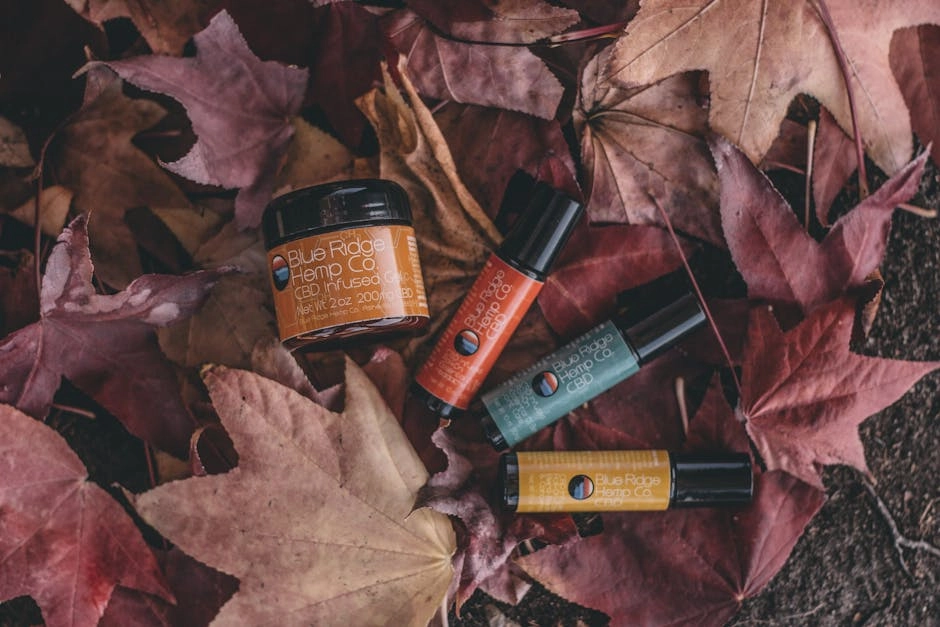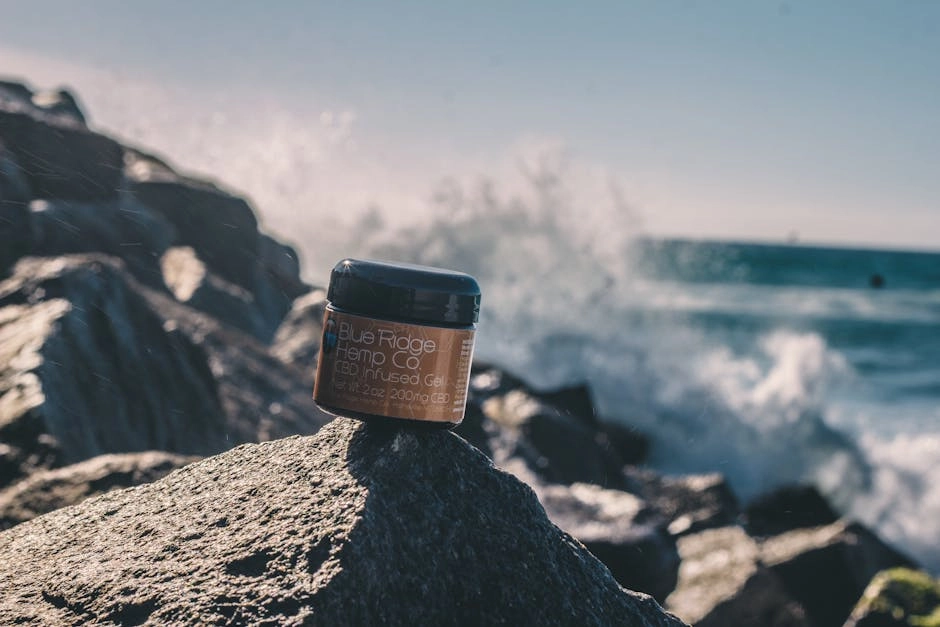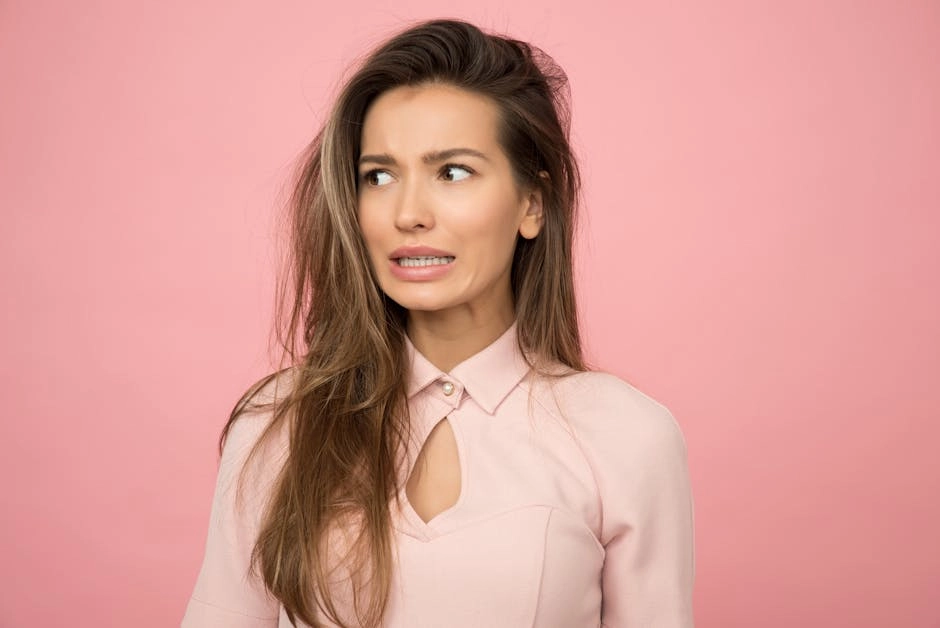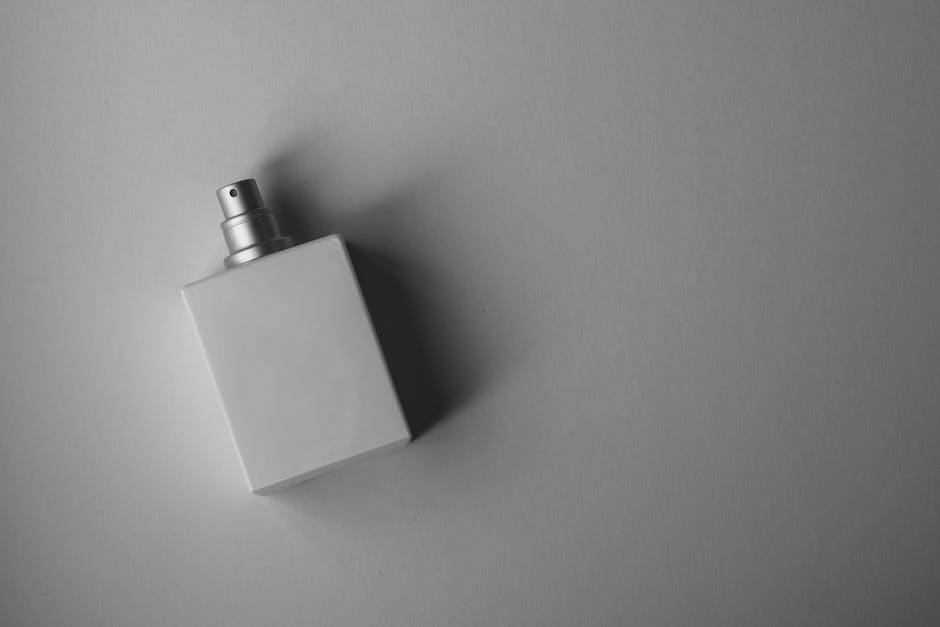Tutorials
Master Product Photography: Complete Guide to Professional eCommerce Images
Learn how to create stunning product photos that sell. From lighting to background removal, master every aspect of professional product photography.
BRT
Background Remover Team14 min
#product-photography#e-commerce#tips#tutorial#lighting#composition
Creating professional product images is both an art and a science. In today's visual-first marketplace, your product photos are often the only tangible connection between your customers and your products. Studies show that 93% of consumers consider visual appearance to be the key deciding factor in purchasing decisions. Let's dive deep into mastering product photography that not only showcases your products but drives conversions and builds brand trust.

The Foundation: Understanding Product Photography
Why Product Photography Matters More Than Ever
In the digital marketplace, your product images serve multiple critical functions:
First Impressions and Trust Building
- Customers form opinions within 50 milliseconds of seeing your product
- Professional images signal quality and attention to detail
- Poor photography can destroy credibility instantly
- Consistent imagery builds brand recognition
The Psychology of Visual Commerce
- High-quality images trigger emotional responses
- Clear details reduce purchase anxiety
- Multiple angles provide confidence in buying decisions
- Professional presentation justifies premium pricing
Business Impact Metrics
- Products with professional photos see 94% more views
- Conversion rates increase by up to 30% with better imagery
- Return rates drop by 22% when products are accurately represented
- Average order values increase with comprehensive visual presentation
Essential Equipment for Product Photography Success
Camera Selection: Finding Your Perfect Match
DSLR vs Mirrorless vs Smartphone
Professional DSLRs (Investment: $800-$3000)
- Canon EOS 5D Mark IV: Industry standard for studios
- Nikon D850: Exceptional detail and color accuracy
- Sony A7R IV: Mirrorless powerhouse with 61MP resolution
- Benefits: Full manual control, interchangeable lenses, RAW capability
Entry-Level Options (Investment: $400-$800)
- Canon EOS Rebel T8i: Perfect starter DSLR
- Nikon D3500: User-friendly with guide mode
- Sony a6100: Compact mirrorless option
- Fujifilm X-T30: Excellent color science
Smartphone Photography (Investment: $0 if you have one)
- iPhone 13 Pro or newer: Exceptional computational photography
- Google Pixel series: Superior HDR processing
- Samsung Galaxy S series: Versatile camera systems
- Key advantage: Immediate editing and uploading capability
Lens Selection for Different Products
Macro Lenses (For jewelry, small items)
- 90-105mm focal length ideal
- 1:1 magnification ratio
- Image stabilization recommended
- Examples: Canon EF 100mm f/2.8L, Nikon 105mm f/2.8G
Standard Zoom Lenses (Versatile option)
- 24-70mm covers most scenarios
- f/2.8 for better low-light performance
- Good for varying product sizes
- Examples: Sigma 24-70mm f/2.8, Tamron 28-75mm f/2.8
Prime Lenses (Superior sharpness)
- 50mm f/1.8: The "nifty fifty" budget option
- 85mm f/1.8: Excellent for larger products
- Minimal distortion
- Often sharper than zoom lenses
Lighting: The Make-or-Break Element
Natural Light Setup (Budget: $0-$50)
- North-facing windows provide consistent light
- Use white foam boards as reflectors
- Diffuse with white curtains or tissue paper
- Best during golden hours (early morning/late afternoon)
Continuous LED Lighting (Budget: $100-$500)
- Godox SL-60W: Budget-friendly option
- Aputure 120D II: Professional quality
- Benefits: See results in real-time, good for video
- Drawbacks: Can generate heat, less powerful than strobes
Strobe/Flash Lighting (Budget: $200-$2000)
- Godox AD200: Portable and powerful
- Profoto B10: Premium option with app control
- Benefits: Consistent color, freeze motion, powerful output
- Requires more technical knowledge
Essential Light Modifiers
- Softboxes: 24"x24" minimum for product work
- Umbrellas: Budget-friendly diffusion
- Reflectors: 5-in-1 collapsible reflectors
- Diffusion panels: Create window-light effect

Setting Up Your Product Photography Studio
Space Requirements and Solutions
Dedicated Studio Space (Ideal scenario)
- Minimum 100 square feet for small products
- 200+ square feet for furniture/large items
- Ceiling height considerations for overhead lighting
- Wall color: Neutral gray reduces color casts
Home Studio Hacks
- Kitchen table near window for tabletop products
- Garage with portable backdrop system
- Spare bedroom with removable setup
- Closet conversion for jewelry/small items

Essential Studio Equipment
Backdrop Solutions
- Seamless paper rolls (9ft wide standard)
- Vinyl backdrops (washable, durable)
- Fabric options (muslin, canvas)
- Portable backdrop stands
Support Equipment
- Sturdy tripod (carbon fiber reduces vibration)
- Light stands (minimum 3 for versatile setups)
- C-stands for precise positioning
- Sandbags for stability
Workflow Tools
- Tethering cable and software
- Color checker for accurate colors
- Product turntable for 360° shots
- Props and styling materials
Mastering Composition and Styling
The Rule of Thirds and Beyond
Classical Composition Techniques
- Rule of thirds: Place key elements on intersection points
- Golden ratio: Natural, pleasing proportions
- Leading lines: Guide the eye to the product
- Negative space: Let products breathe
eCommerce Specific Compositions
- Hero shots: Primary listing image
- Detail shots: Texture and quality
- Lifestyle shots: Products in context
- Scale shots: Size reference
- 360° views: Complete product understanding
Styling for Different Product Categories
Fashion and Apparel
- Ghost mannequin technique for shape
- Flat lay styling for Instagram-worthy shots
- Model photography for fit and movement
- Detail shots of fabric, zippers, buttons
Jewelry and Accessories
- Use of props: rings on marble, necklaces on busts
- Reflection control with polarizing filters
- Focus stacking for complete sharpness
- Macro details of stones and craftsmanship
Electronics and Tech
- Clean, minimalist backgrounds
- Cable management for neat appearance
- Screen replacements in post-production
- Highlighting ports and connections
Food and Consumables
- Fresh ingredients and garnishes
- Action shots (pouring, steam)
- Color coordination
- Seasonal styling elements
Advanced Lighting Techniques

Three-Point Lighting Mastery
Key Light Positioning
- 45-degree angle for dimension
- Height affects shadow length
- Distance controls hardness/softness
- Power determines overall exposure
Fill Light Strategies
- Opposite key light to reduce shadows
- 1-2 stops less than key light
- Can use reflector instead of second light
- Controls contrast ratio
Background/Rim Lighting
- Separates product from background
- Creates depth and dimension
- Highlights product edges
- Can create glowing effect
Specialized Lighting Setups
High-Key Photography (White background)
- Overexpose background by 2 stops
- Even lighting on product
- Multiple background lights
- Perfect for marketplace requirements
Low-Key Photography (Dramatic/luxury)
- Dark backgrounds, focused lighting
- Creates premium feel
- Emphasizes product shape
- Great for jewelry, watches, spirits
Reflective Products (Glass, metal, mirrors)
- Light the reflections, not the product
- Use large diffusion panels
- Black cards to create defining edges
- Polarizing filters to control reflections
Camera Settings for Sharp, Professional Results
The Exposure Triangle Demystified
Aperture Selection
- f/8-f/11: Sweet spot for most lenses
- Depth of field considerations
- Focus stacking for extreme sharpness
- Diffraction awareness at small apertures
Shutter Speed Guidelines
- 1/focal length rule for handheld
- Tripod allows any shutter speed
- Flash sync considerations
- Motion blur for dynamic shots
ISO Performance
- Base ISO (usually 100) for maximum quality
- Modern cameras handle 800-1600 well
- Noise reduction in post-processing
- When to prioritize ISO over other settings
Focus Techniques for Tack-Sharp Images
Single Point Autofocus
- Place on most important product area
- Back-button focus for control
- Focus and recompose technique
- When to use manual focus
Focus Stacking Advanced Technique
- Multiple shots at different focus points
- Combine in Photoshop or Helicon Focus
- Essential for macro photography
- Creates impossible depth of field
Post-Processing Workflow Excellence
RAW Processing Fundamentals
Adobe Lightroom Workflow
- Import and organize with keywords
- Lens corrections and profile
- Exposure and highlight recovery
- Color grading for brand consistency
- Local adjustments with masks
- Export settings for web/print
Capture One Alternative
- Superior color handling
- Tethered shooting capabilities
- Advanced masking tools
- Industry standard for fashion
Background Removal Mastery
When to Remove Backgrounds
- Marketplace requirements (Amazon, eBay)
- Creating transparent PNGs for flexibility
- Consistency across product lines
- Clean, distraction-free presentation
Traditional Methods vs Modern Solutions
- Pen tool: 15-30 minutes per image
- Magic wand: Inconsistent results
- Channel masking: Complex process
- Background Remover: 5-10 seconds with professional results
Background Remover Workflow
- Upload high-resolution product photo
- Automatic edge detection and removal
- Preview and fine-tune if needed
- Export as PNG or with custom background
- Batch process entire catalogs
Color Accuracy and Consistency
Monitor Calibration
- Hardware calibrators (X-Rite, Datacolor)
- Monthly calibration schedule
- Viewing environment considerations
- Soft proofing for different outputs
Brand Color Matching
- Create custom color profiles
- Use color checker in every session
- Batch sync color corrections
- Maintain spreadsheet of color values
Platform-Specific Optimization
Amazon Product Photography Requirements
Main Image Guidelines
- Pure white background (RGB 255,255,255)
- Product fills 85% of frame
- No watermarks, logos, or text
- 1000x1000 minimum, 2000x2000 preferred
- JPEG format only
Additional Images Strategy
- Lifestyle shots showing scale
- Detail shots of key features
- Infographics with benefits
- Size comparison images
- Package contents display
Shopify and Self-Hosted Stores
Homepage Gallery Images
- Consistent aspect ratios
- Compressed for fast loading
- Mobile-responsive considerations
- Zoom functionality preparation
Product Page Optimization
- Multiple angles (6-8 images)
- Video integration options
- 360° spin photography
- AR/VR compatibility
Social Media Adaptations
Instagram Shopping
- Square format (1:1 ratio)
- Lifestyle context important
- Story-friendly vertical shots
- Consistent filter/preset use
Pinterest Rich Pins
- Vertical format performs best
- Text overlay possibilities
- Bright, eye-catching imagery
- Seasonal variation strategy

Advanced Techniques and Pro Tips
360-Degree Product Photography
Equipment Needed
- Motorized turntable
- Consistent lighting setup
- Software for compilation
- Hosting platform for display
Shooting Process
- 24-36 images for smooth rotation
- Consistent 10-15 degree intervals
- Locked camera and lighting
- Post-process before compiling
Ghost Mannequin Technique
Setup Requirements
- Mannequin or model
- Multiple angle shots
- Photoshop compositing skills
- Time investment: 20-30 minutes per garment
Simplified Alternative
- Shoot on mannequin
- Remove background with Background Remover
- Add subtle shadows in post
- 5-minute total process
Lifestyle and Context Photography
Prop Selection
- Relevant to target audience
- Complementary colors
- Appropriate scale
- Seasonal considerations
Scene Building
- Start with hero product
- Layer in supporting elements
- Create visual hierarchy
- Tell a story
Common Mistakes and How to Avoid Them
Technical Errors
Poor Focus
- Solution: Use single-point autofocus
- Check focus at 100% zoom
- Consider focus stacking
- Proper tripod technique
Inconsistent Lighting
- Solution: Document setup with diagrams
- Use same equipment/settings
- Create lighting presets
- Maintain shooting schedule
Color Inconsistency
- Solution: Calibrate monitors
- Use color checker cards
- Batch process images
- Create style guides
Composition Mistakes
Cluttered Backgrounds
- Solution: Simplify or remove entirely
- Use longer focal lengths
- Increase subject-background distance
- Post-process with Background Remover
Poor Product Positioning
- Solution: Study competitor images
- Use positioning guides
- Maintain consistent angles
- Create shot lists
Measuring Success and Optimization
Key Performance Indicators
Engagement Metrics
- Click-through rates
- Time on product page
- Image zoom usage
- Social media shares
Conversion Metrics
- Add-to-cart rates
- Purchase completion
- Return rates
- Customer reviews mentioning images
A/B Testing Strategies
Variables to Test
- Background colors/styles
- Number of images
- Image order/hierarchy
- Lifestyle vs studio shots
Testing Tools
- Google Optimize
- Optimizely
- Platform-native tools
- Heat mapping software
Scaling Your Product Photography
Building Efficient Workflows
Pre-Production Planning
- Create shot lists
- Organize products by type
- Prepare styling materials
- Schedule shooting days
Production Efficiency
- Batch similar products
- Use workflow checklists
- Implement naming conventions
- Utilize tethered shooting
Post-Production Automation
- Create Lightroom presets
- Use Photoshop actions
- Implement Background Remover for all products
- Batch resize and optimize
Team Building and Outsourcing
When to Hire Help
- Volume exceeds 50 products/week
- Specialized equipment needed
- Consistency issues arise
- Growth demands efficiency
Building Your Team
- Photographer/stylist roles
- Post-production specialists
- Project managers
- Quality control
Future-Proofing Your Product Photography
Emerging Technologies
AI-Powered Enhancement
- Automatic color correction
- Smart cropping algorithms
- Background generation
- Style transfer capabilities
3D and AR Integration
- 3D model creation from photos
- AR try-on experiences
- Virtual showrooms
- Interactive product views
Staying Competitive
Continuous Learning
- Follow industry leaders
- Attend workshops/webinars
- Experiment with new techniques
- Analyze competitor strategies
Investment Priorities
- Quality lighting first
- Efficient post-processing tools
- Better camera/lenses
- Advanced software/plugins
Conclusion: Your Path to Product Photography Mastery
Mastering product photography is a journey that combines technical skill, creative vision, and efficient workflow management. By implementing the techniques and strategies outlined in this comprehensive guide, you'll be able to:
- Create images that capture attention and drive sales
- Build a consistent, professional brand presence
- Reduce time spent on post-processing
- Scale your photography operations efficiently
- Stay ahead of industry trends and customer expectations
Remember, great product photography isn't about having the most expensive equipment. It's about understanding light, composition, and your audience's needs. Start with what you have, focus on continuous improvement, and leverage modern tools like Background Remover to achieve professional results efficiently.
Whether you're photographing your first product or your thousandth, the principles remain the same: showcase your products honestly, beautifully, and in a way that connects with your customers. The investment you make in quality product photography will pay dividends in increased sales, reduced returns, and stronger brand loyalty.
Ready to transform your product images? Start with Background Remover to achieve professional, marketplace-ready photos in seconds. Upload your product images today and experience the difference that perfect background removal can make for your business.
Your products deserve to be seen in their best light. Make it happen.
Related Posts
Continue reading our latest insights
eCommerce12 min
eCommerce Image Optimization: Boost Sales with Perfect Product Photos
Learn how to optimize your eCommerce product images for maximum conversions using professional background removal.
Read more
Tutorials10 min
Advanced Background Removal Techniques: Master Professional Results
Discover expert techniques and insider tips for achieving flawless background removal. Learn how to handle complex edges, optimize workflows, and create stunning images.
Read more